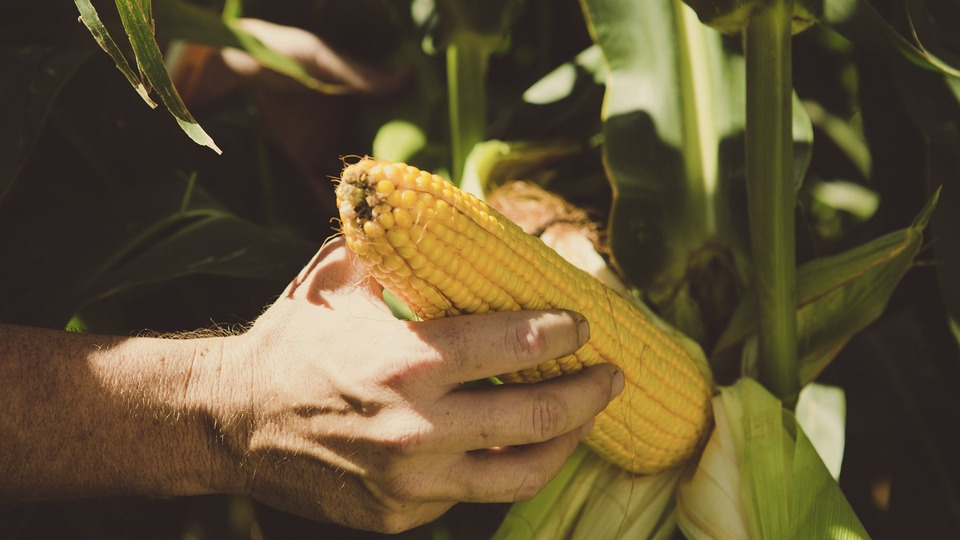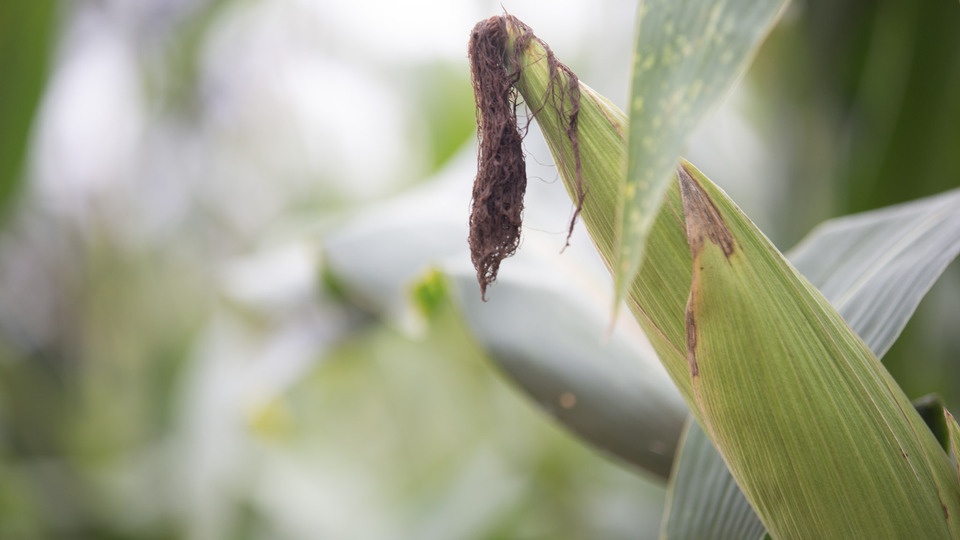Helena experts from coast to coast are watching and waiting for insects and diseases to make their appearance this season. Mother Nature will have an impact, but looking back at past crops can shed light on what’s to come and help growers prepare their defense.
For Product Manager Trey Curry, there are the usual suspects in Mississippi and parts of Alabama. Plant bugs and spider mites are all too familiar with cotton growers. However, Curry says newer cotton traits with built-in protection proved successful last year, and even more promising tools are expected in the future for early-season management. The surprise in 2024 was caterpillars in soybeans.
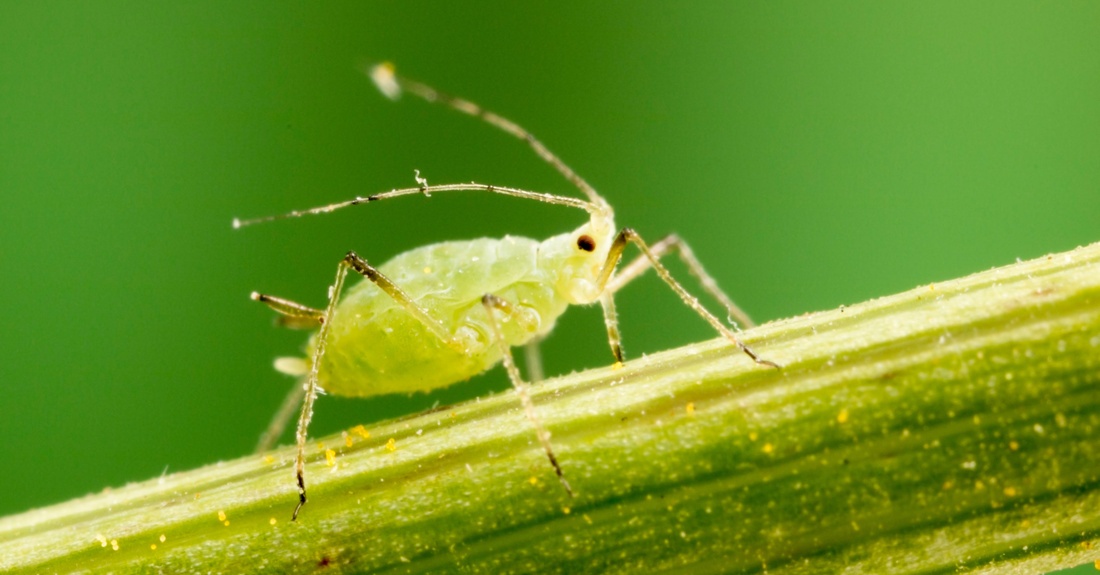
“We did have a big flare-up on loopers, green cloverworms and velvetbean caterpillars in soybeans this last year,” says Curry. “You don't ever know when that's going to pop up.”
Multiple seasons can go by without having to deal with this kind of insect complex. As the population ran through soybean fields as well as sweet potatoes and pastures, it turned into a learning experience for everyone. For many, it was a reminder on how growth-regulating insecticides work. Just because insects are still present doesn’t mean the application wasn’t effective; the insects just haven’t molted yet. It also illustrated the importance of scouting.
“Seed treatments help to a degree up to a certain point. Then you hit a point where you're having to monitor stand counts and the amount of leaf damage that's occurred and make that decision as to whether or not to go in and make an application of an insecticide.”
Trey Curry, Helena Product Manager
Out west from Oregon down through California, trees are coming out of dormancy and vines are blooming. AGRIntelligence®- Agronomy-Organics Manager Paul Crout says these tender shoots and leaves are ripe for insect and disease pressure this time of year. In the deserts of Arizona, growers are gearing up for summer crops as vegetable season winds down. So far, Crout says they’ve been spared from a lot of disease due to the ongoing drought. However, with less rain often comes more insects.
“Where are the insects going to go?” asks Crout. “Everything else is dry as a bone.”
Especially in low-humidity situations, Crout stresses the importance of including a quality adjuvant with insecticide applications. The right adjuvant will help keep the spray deposit on the leaf for maximum effect. Even though other parts of the Western United States have experienced significant spring rain, like in central California, adjuvants still play an important role in pest management. The increase in moisture leads to more disease pressure, requiring multiple preventative fungicide treatments in fruit and nut crops.
“With all this moisture, it's a challenge to get tractors out into the fields. So, we're having to use airplanes and helicopters, and again, having good adjuvants is the name of the game.”
Paul Crout, AGRIntelligence- Agronomy-Organics Manager
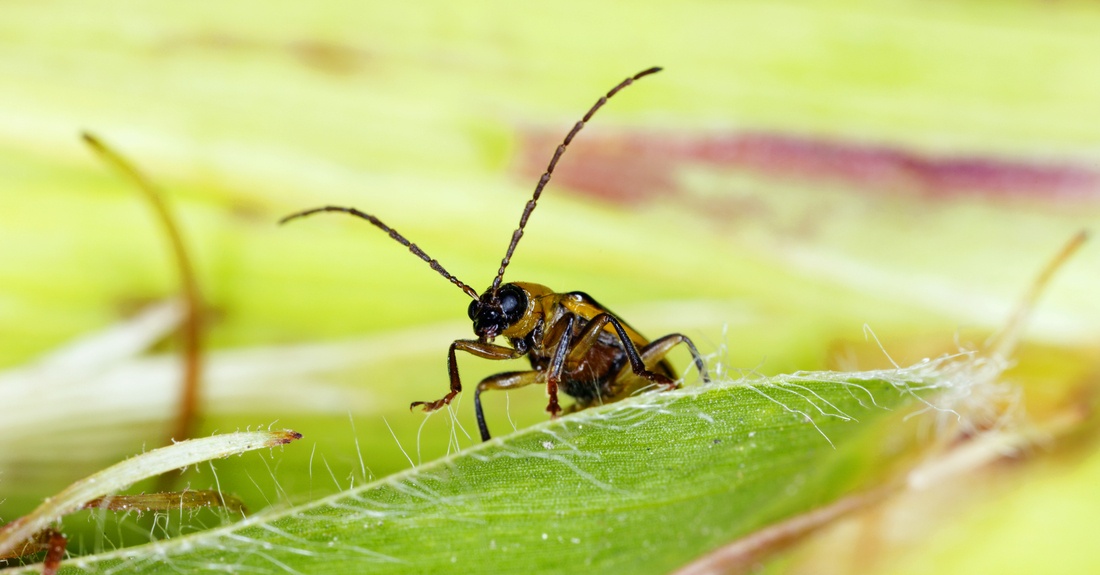
Adjuvants impact deposition of fungicides into the crop canopy and improve spreading and coverage on the leaf surface. They also provide excellent penetration of plant tissue. It’s important to choose adjuvants based on their fit with chemistries in the tank. In this economy, fungicide choice is still up for debate for many growers.
Across the country in the Southeast, protecting the region’s increase in corn acres is top of mind for AGRIntelligence Agronomist Josh Gaddy. Southern rust is always a concern for corn growers, but with long-term forecasts projecting a wet July, August and September, conditions will be even more favorable for this disease.
“It's one of the most detrimental diseases we get on corn as far as having the most significant yield impact. If it's in the area, and you don't treat it, it can be pretty devastating.”
Josh Gaddy, AGRIntelligence Agronomist
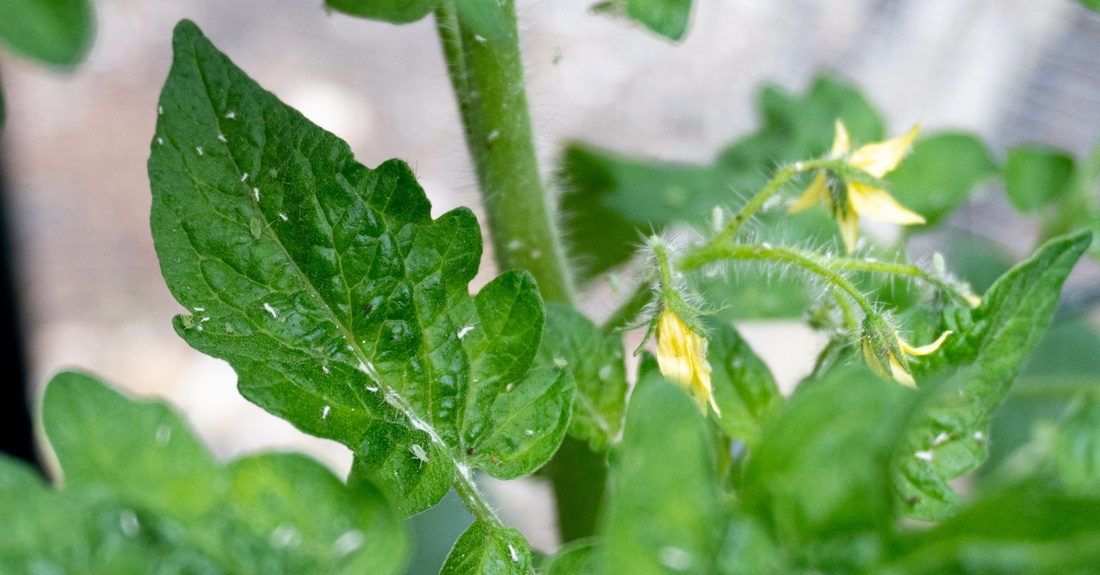
If southern rust is in the area, Gaddy recommends applying a premium fungicide. He says top-tier options will provide longer control versus more economical ones. If the disease is discovered especially early in the season, a second pass could be warranted. It’s something to consider when up to 30 bushels an acre is on the line.
Gaddy and the entire AGRIntelligence team along the East Coast are used to humid weather and the disease pressure it brings. They’re prepared to monitor crops even more if weather predictions come to fruition. Through the InSpex® program, also available in other areas of the country, crop scouts check fields periodically and prescribe testing and treatments depending on their observations.
Mobile apps are becoming a regular part of scouting in the Midwest, according to Greg Clark, an AGRIntelligence Agronomist covering Wisconsin and Illinois. Developed by prominent land-grant universities to detect the fungal disease tar spot, these tools take factors like location, hybrid and moisture level into consideration to determine the probability of an outbreak in your field. Clark says it’s an easy way for growers to know when they should be on alert.
“The apps are nice, but it doesn't beat putting the boots on the ground and going to the fields and scouting yourself,” says Clark.
In a typical year, Clark’s area is ideal for tar spot, emphasizing the importance of watching fields closely. However, 2024 brought an unexpected drought to the region in late fall. The resulting cracks in the ground gave insects like the corn rootworm an opportunity to lay their eggs deeper into the soil, increasing their chance of survivability. Along with the advanced traits growers are planting today, a scenario like this is why Clark still recommends a soil-applied insecticide with a non-rootworm-Bt corn hybrid. He also advises growers to watch for signs in their fields as other insects come out and foliage starts to bloom this spring.
“When cottonwood trees start to shed or when lightning bugs are seen, that’s a time where rootworms should start to hatch. After that, you need to pay attention to scouting, and two weeks after that, start digging the roots up to see if you have any failures with your hybrids.”
Greg Clark, AGRIntelligence Agronomist
While pest management differs from one region of the country to the next, there are some commonalities. Combining the latest discoveries with old-school methods helps keep uninvited guests away. Staying up to date on the latest alerts and tools from university extension services is another great way to prepare and react to problems this season.
With advanced products, digital tools and customized support, Helena locations are ready to help growers tackle familiar foes and respond to the unexpected. Contact your local Helena representative today to learn more.

